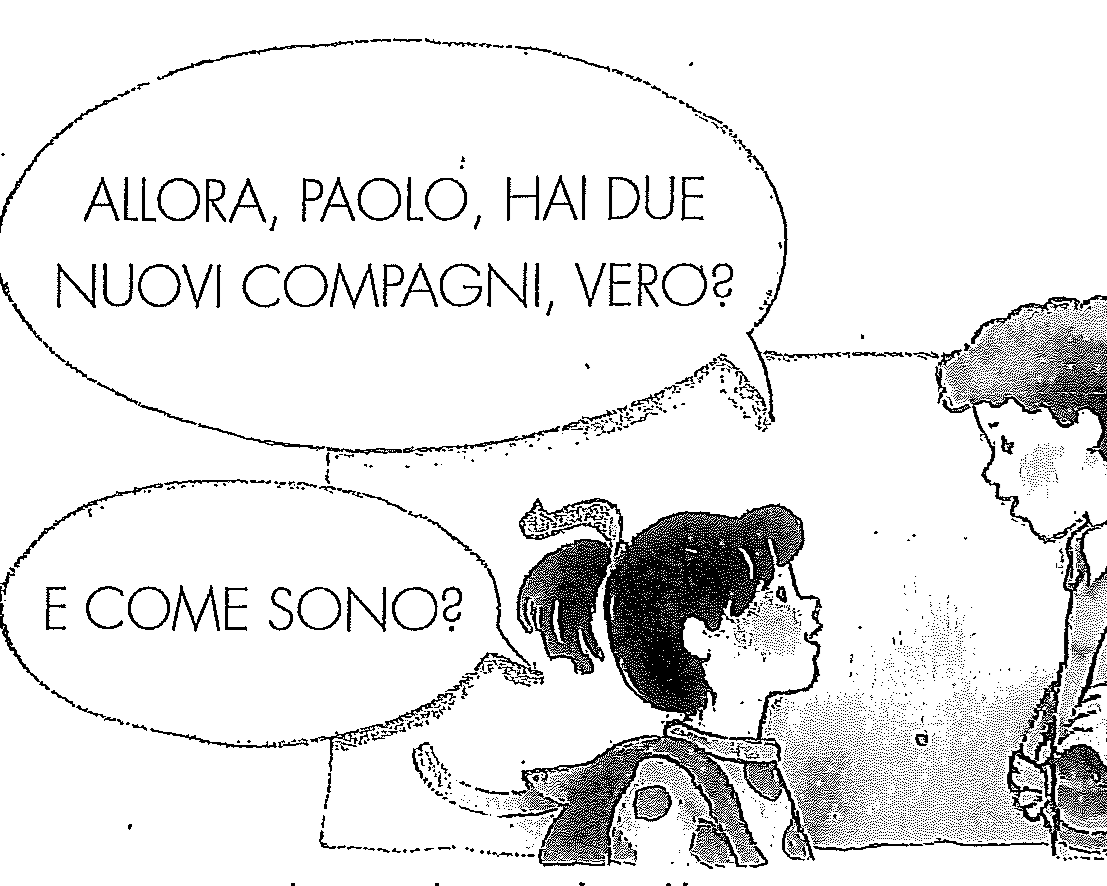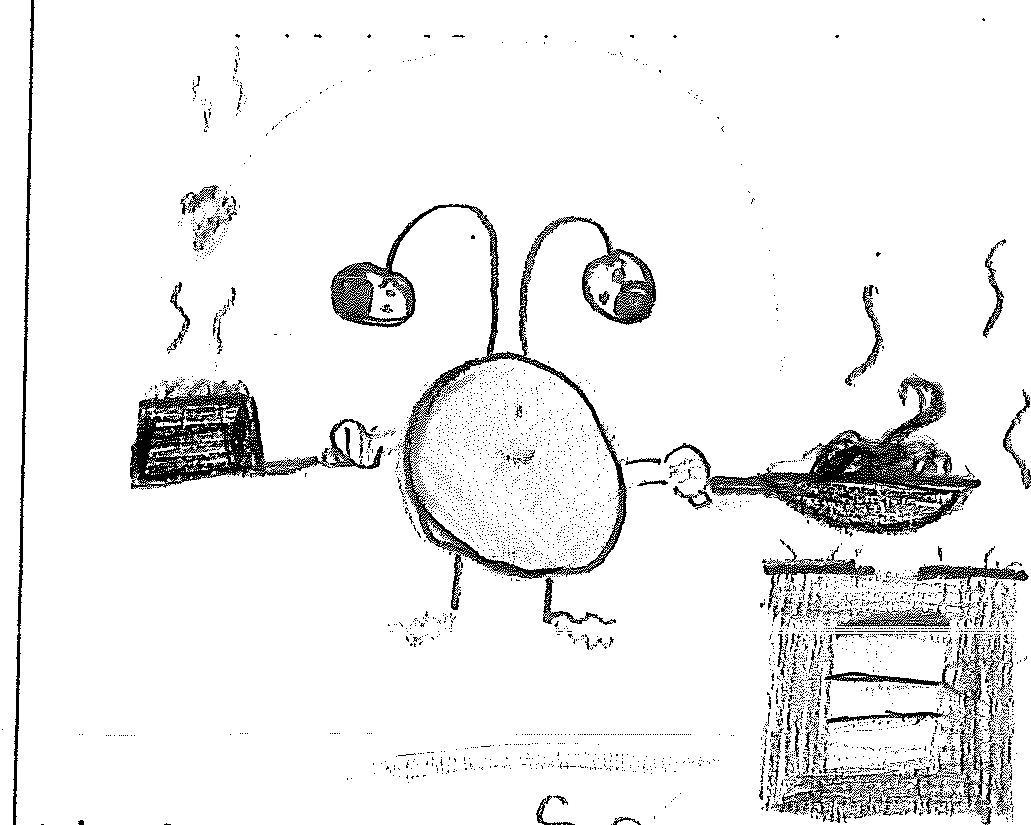Languages: Italian - Satisfactory - Years 3 and 4
Portfolio summary
This portfolio of student work shows that the student comprehends a range of spoken, written, and multimodal texts on familiar topics (WS1, WS2), including home life, friends and classroom activities. The student uses Italian to communicate and to interact, for example, to exchange greetings and to address people, using appropriate language and pronunciation, and often formulaic expressions (WS2). The student asks and responds to simple questions, by selecting between alternatives provided, by using short spoken responses which may consist of incomplete or partial Italian phrases and structures, or by using a key word to convey a whole idea. The student talks about self, family, people, places, routine, school life and own interests and preferences. The student uses short sentences (WS2), reorganising known language to fit personal responses. The student understands short written texts (WS2), using visual cues (WS1), prediction and questioning to decipher meaning (WS2). The student recalls key ideas and events, recognises meanings, and responds meaningfully. The student creates written texts of a few sentences using familiar language and structures (WS2).
The student demonstrates an understanding of the fact that language is used differently in different situations and contexts. The student knows the importance of using appropriate language when interacting in Italian, including informal/formal language, and the use of titles and gestures. The student varies responses and statements by choosing adjectives (WS1) and adverbs, and by combining sentences. The student demonstrates understanding of basic Italian grammatical rules (WS2), such as the fact that nouns have masculine or feminine gender (WS1) and singular and plural forms, and that nouns, adjectives and articles need to agree (WS1). The student identifies similarities and differences in the patterns of Italian language compared to English and other familiar languages. The student creates texts that show understanding of how ideas are connected and how images support the meaning of texts (WS2). The student makes connections to personal experience when describing characters, events or cultural practices and behaviours encountered in texts. The student identifies cultural differences in ways of communicating and describes similarities and differences between own and other cultures.

